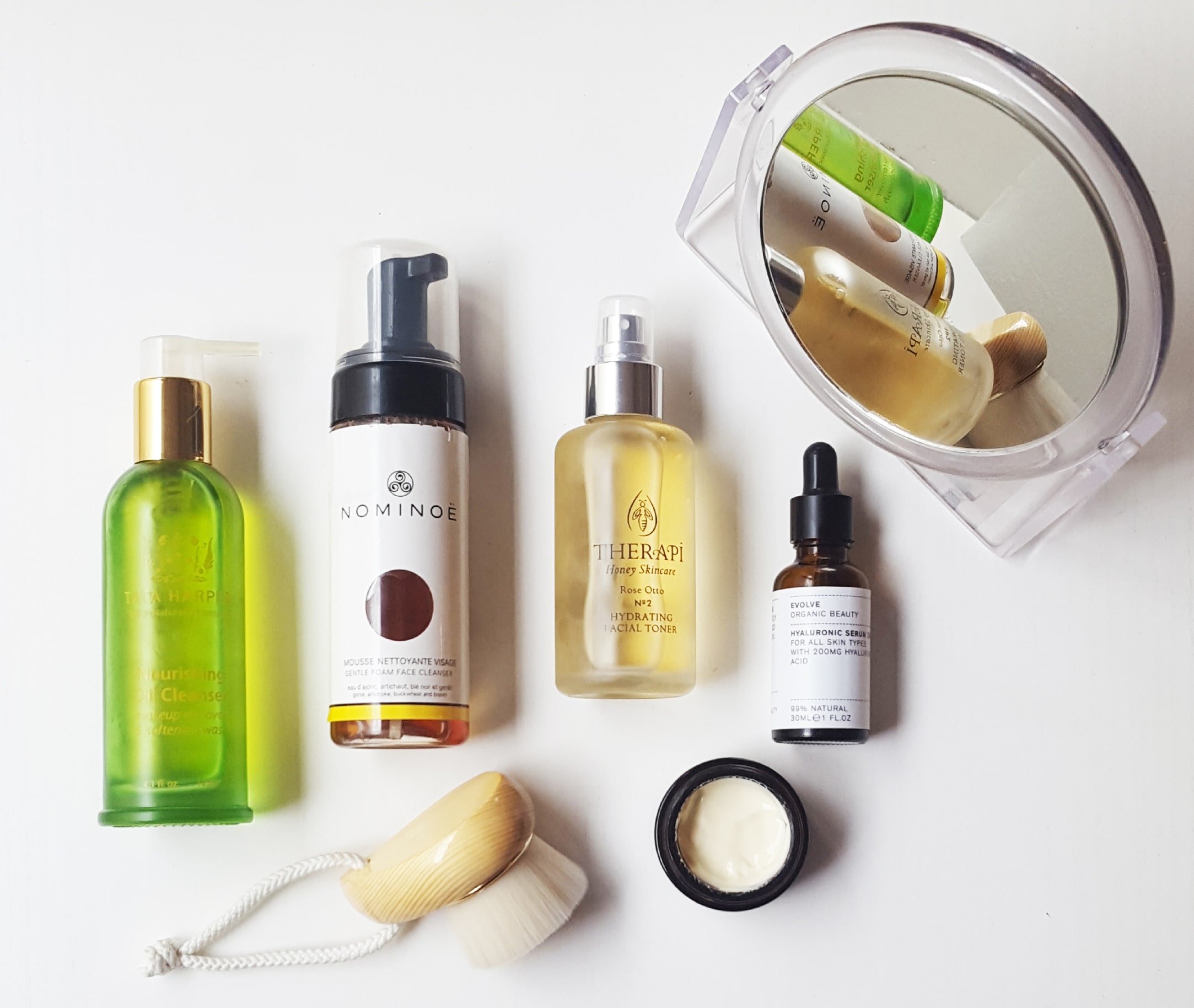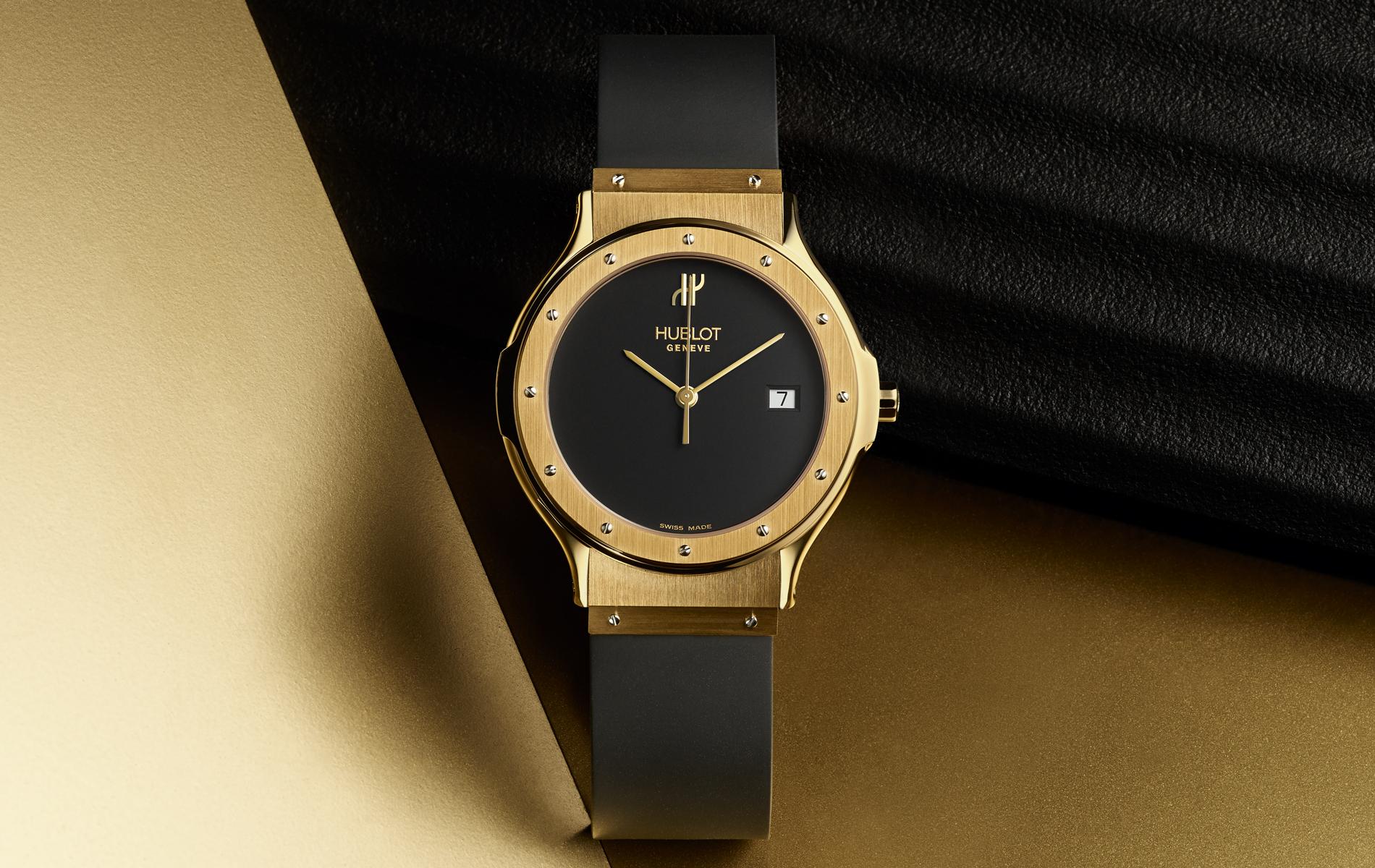[vc_row njt-role=”people-in-the-roles” njt-role-user-roles=”administrator,armember”][vc_column][vc_column_text]
ReportLinker recently published a report on the global market for beauty and personal care products: its growth, trends, and forecasts. Analysis.
In France and around the world, the beauty, cosmetics and personal care sector has been booming for several years. The main factors behind this growth are: the improvement in quality of life, the known positive effects of beauty and personal care on self-esteem and social life, and the progressive direction taken by consumers towards premium and luxury cosmetic brands.
The beauty sector is one of the most impacted by the wave of “natural” and the trend of “consuming better“. In addition, the world market for natural cosmetics is estimated at 48 billion dollars in 2024. Not to mention that its turnover increased by 8.8% between 2018 and 2019. Among the major players: L’Oréal SA, Estée Lauder Inc, Procter & Gamble Co. and Unilever.
The organic trend continues to develop
The more we advance, the more consumer demand is turning to organic, natural, healthy products and less to chemical and artificial ones. The actors of the concerned sectors must then adapt and eliminate these products whose harmful effects are beginning to be known. This growing consumer awareness is one of the main factors contributing to the growth of the market. Indeed, they now wish to buy products bearing a natural or organic label, which are often more expensive. This trend is therefore being closely monitored by cosmetics groups, which must not ignore the ecological awareness of consumers.
The second interesting factor in the growth of the beauty market is the oral health of the world’s population, or rather, the increase in dental problems. The consumption of alcohol, tobacco, and poor nutrition is also expanding over time. This phenomenon therefore leads indirectly and “unfortunately” to an increase in the demand for dental care such as whitening, herbal care and hygiene products.
These health problems affect the entire world and the numbers easily demonstrate it: according to the National Institutes of Health of the National Library of Medicine of the United States, spending on dental care has increased from about $2 billion in 1960 to $117.5 billion in 2015. This study is in response to the Global Burden of Disease study 2017, which revealed an estimated 3.5 billion people worldwide affected by oral diseases, with permanent tooth decay being the most common condition. As people are increasingly looking for perfect teeth and healthy oral hygiene, the demand for oral care products is increasing dramatically worldwide.
Asia and digital, the main drivers of market growth
The third growth factor is obviously the world region with its known strong growth: Asia. Asians are the largest consumers of cosmetics, accounting for 41% of the market last year. They are followed by North Americans with 24% and Western Europeans with 18%. China, Japan, India and Vietnam represent significant opportunities for cosmetics groups, as Asians are massively concerned about their appearance or experience more aesthetic problems than in other cultures. The latter are moreover keen to have their appearance cared for by luxury or good quality. As the cosmetics sector is more accessible than ready-to-wear or watches, for example, even for the luxury segment, the majority of the population turns to it.
For example, one of the major aesthetic problems in the region concerns the hair side: thinning hair, loss of volume, dryness… Hair care and coloring products are thus destined to be market growth drivers in the near future.
In a society where aesthetics plays an indispensable role in everyone’s life and where the search for perfection is omnipresent, consumers base themselves on certain agents in the choice of their product: brand awareness above all, perceived performance, the attributes of the product, the credibility of the company and the availability of product information.
The promotion as well as the sale of these products takes place, as in all sectors, more and more on the Internet and on social networks. First of all, Asian consumers have a lot to do with this, since they hardly use these channels anymore. Secondly, the trend of natural, vegan and organic products is relayed by many influencers for example.
A study conducted in 2017 for Facebook revealed that 72% of women who buy a beauty product are influenced by their “online experience”, i.e. through digital channels such as the website, blogs and social networks. The increase in the percentage is therefore easy to guess given the times we live in.
This phenomenon owes its existence to the category of consumers that are the millenials, and to the advantages that digital technology brings: avoiding waiting at the checkout, the ease of search, the comparison between different sites and especially the direct accessibility via one’s cell phone. However, 80.7% of worldwide sales still remain in physical stores, thanks to the customer experience.
Read also > L’OREAL PARIS EXPANDS ITS PORTFOLIO WITH THE ACQUISITION OF THE JAPANESE BRAND TAKAMI
Featured Photo : © Natural cosmetics[/vc_column_text][/vc_column][/vc_row][vc_row njt-role=”not-logged-in”][vc_column][vc_column_text]
ReportLinker recently published a report on the global market for beauty and personal care products: its growth, trends, and forecasts. Analysis.
In France and around the world, the beauty, cosmetics and personal care sector has been booming for several years. The main factors behind this growth are: the improvement in quality of life, the known positive effects of beauty and personal care on self-esteem and social life, and the progressive direction taken by consumers towards premium and luxury cosmetic brands.
The beauty sector is one of the most impacted by the wave of “natural” and the trend of “consuming better“. In addition, the world market for natural cosmetics is estimated at 48 billion dollars in 2024. Not to mention that its turnover increased by 8.8% between 2018 and 2019. Among the major players: L’Oréal SA, Estée Lauder Inc, Procter & Gamble Co. and Unilever.
[…][/vc_column_text][vc_cta h2=”This article is for subscribers only.” h2_font_container=”font_size:16″ h2_use_theme_fonts=”yes” h4=”Subscribe now!” h4_font_container=”font_size:32|line_height:bas” h4_use_theme_fonts=”yes” txt_align=”center” color=”black” add_button=”right” btn_title=”I SUBSCRIBE!” btn_color=”danger” btn_size=”lg” btn_align=”center” use_custom_fonts_h2=”true” use_custom_fonts_h4=”true” btn_button_block=”true” btn_custom_onclick=”true” btn_link=”url:https%3A%2F%2Ftest2023.luxus-plus.com%2Fen%2Fabonnements-et-newsletter-2-2%2F|||”]Unlimited access to all the articles and live a new reading experience, preview contents, exclusive newsletters…
Already have an account? Log in.[/vc_cta][vc_column_text]Featured photo: © Natural cosmetics[/vc_column_text][/vc_column][/vc_row][vc_row njt-role=”people-in-the-roles”][vc_column][vc_column_text]
ReportLinker recently published a report on the global market for beauty and personal care products: its growth, trends, and forecasts. Analysis.
In France and around the world, the beauty, cosmetics and personal care sector has been booming for several years. The main factors behind this growth are: the improvement in quality of life, the known positive effects of beauty and personal care on self-esteem and social life, and the progressive direction taken by consumers towards premium and luxury cosmetic brands.
The beauty sector is one of the most impacted by the wave of “natural” and the trend of “consuming better“. In addition, the world market for natural cosmetics is estimated at 48 billion dollars in 2024. Not to mention that its turnover increased by 8.8% between 2018 and 2019. Among the major players: L’Oréal SA, Estée Lauder Inc, Procter & Gamble Co. and Unilever.
[…][/vc_column_text][vc_cta h2=”This article is for subscribers only.” h2_font_container=”font_size:16″ h2_use_theme_fonts=”yes” h4=”Subscribe now!” h4_font_container=”font_size:32|line_height:bas” h4_use_theme_fonts=”yes” txt_align=”center” color=”black” add_button=”right” btn_title=”I SUBSCRIBE!” btn_color=”danger” btn_size=”lg” btn_align=”center” use_custom_fonts_h2=”true” use_custom_fonts_h4=”true” btn_button_block=”true” btn_custom_onclick=”true” btn_link=”url:https%3A%2F%2Ftest2023.luxus-plus.com%2Fen%2Fabonnements-et-newsletter-2-2%2F|||”]Unlimited access to all the articles and live a new reading experience, preview contents, exclusive newsletters…
Already have an account? Log in.[/vc_cta][vc_column_text]Featured photo: © Natural cosmetics[/vc_column_text][/vc_column][/vc_row]








